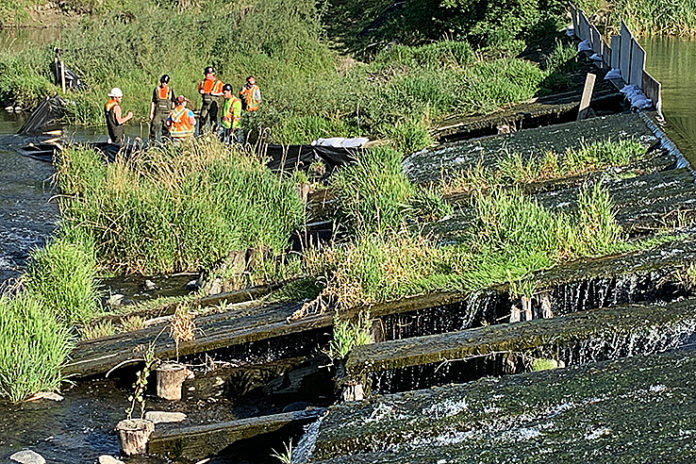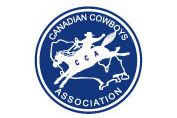
Swift Current City Council has okayed an expenditure of an additional $350,000 to make an emergency repair to the CPR Weir on the Swift Current Creek.
A report delivered to Swift Current City Council on Monday night highlighted that scour holes at the base of the over century old weir have left the structure compromised and in danger of failing during a high water event.
And while this is clearly not an imminent situation, it certainly is a risk to leave it in this condition according to Mitch Minken, General Manager of Infrastructure and Operations for the City.
“If we don’t do something the likelihood is pretty reasonable that the weir would fail and we would lose all the water dammed up stream, and that would all have to flow through. Obviously, that would cause quite a bit of problems for us if that water released suddenly from above there, particularly during a high water time like the spring runoff.”
Minken explained the weir, which was first constructed in 1888 and has a current design which dates back to 1920, had fallen into disrepair over the years because of annual spring runoff and other high water events. An earlier inspection determined 75 per cent of the structure required replacement.
A tender was put out for this work, and a detailed engineering was completed for a major rehabilitation which was to begin back in August. But the major repair project to the supporting cross beams, rehabilitation of pilings, and re-installing spillway planks was halted when an additional problem was located.
“Now what we’ve found was the areas where these planks are missing, the water had kind of come over and washed a hole out underneath,” Minken noted.
“These scour holes weren’t there last fall.”
“During either the spring runoff this year or during the storm when we had pretty high water flows through the creek, these scour holes appeared. So when they came to start the work, they came and they discovered these scour holes, so then we had to go back to the drawing board, get the design refined. And now we have to get all the permitting re-done, and finish our negotiations with the contractor to get going. Time is really of the essence, particularly because of the permitting required for the fish habitat.”
In order to fix these scour holes, which range in depth from almost one metre to nearly two metres in depth, the city will have to pay their contractor an additional $350,000 above their original project cost of $725,000. The funds are to come from the 2020 Capital Budget.
Minken said the scope of the project will now involve peeling all the wooden material off, placing riprap at the base of the weir, and this placed rock material will provide the base material to support the weir wall better and help reverse the impact of the extensive erosion.
“The wall is sound. It was inspected and tested last fall. So the wall is sound but the earth supporting the wall is not sound right now, so it needs to be supported with the rock,” Minken explained.
“They’ll be replacing some of the wood structure and then the wood planks that are on top. But underneath it it’ll be just about solid rock underneath there. So it’s a complete change of design…originally we were going back to kind of the original design. And now that this rock has got to be placed, this rock is going to become part of the design.”
After final prices are agreed to regarding this scope of project change, their contractor Timber Restoration Services will begin work before September 30th in order to meet the permit requirements of the project. The project is scheduled to be completed before freeze up.
“We’re confident that we’ve got plenty of time to get it finished.”
The finished product will resemble the CPR Weir wood plank spillway design from nearly a century ago.
“It’s a hybrid design now. But when we’re done the aesthetics of it will look like it did in the 1920 design, which is required from the heritage requirements.”





